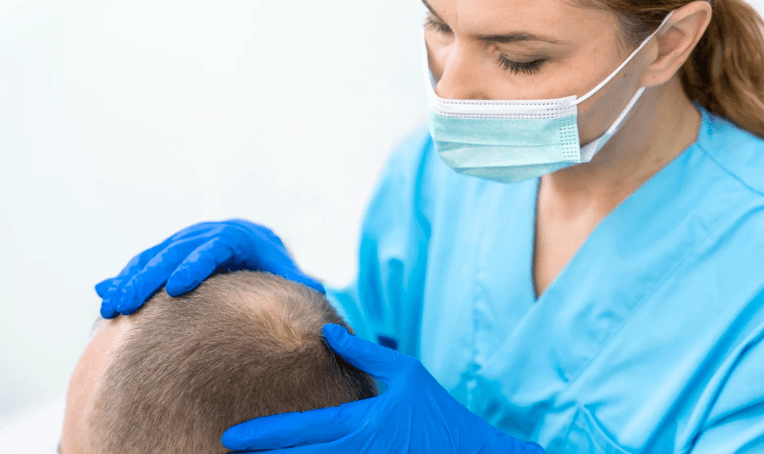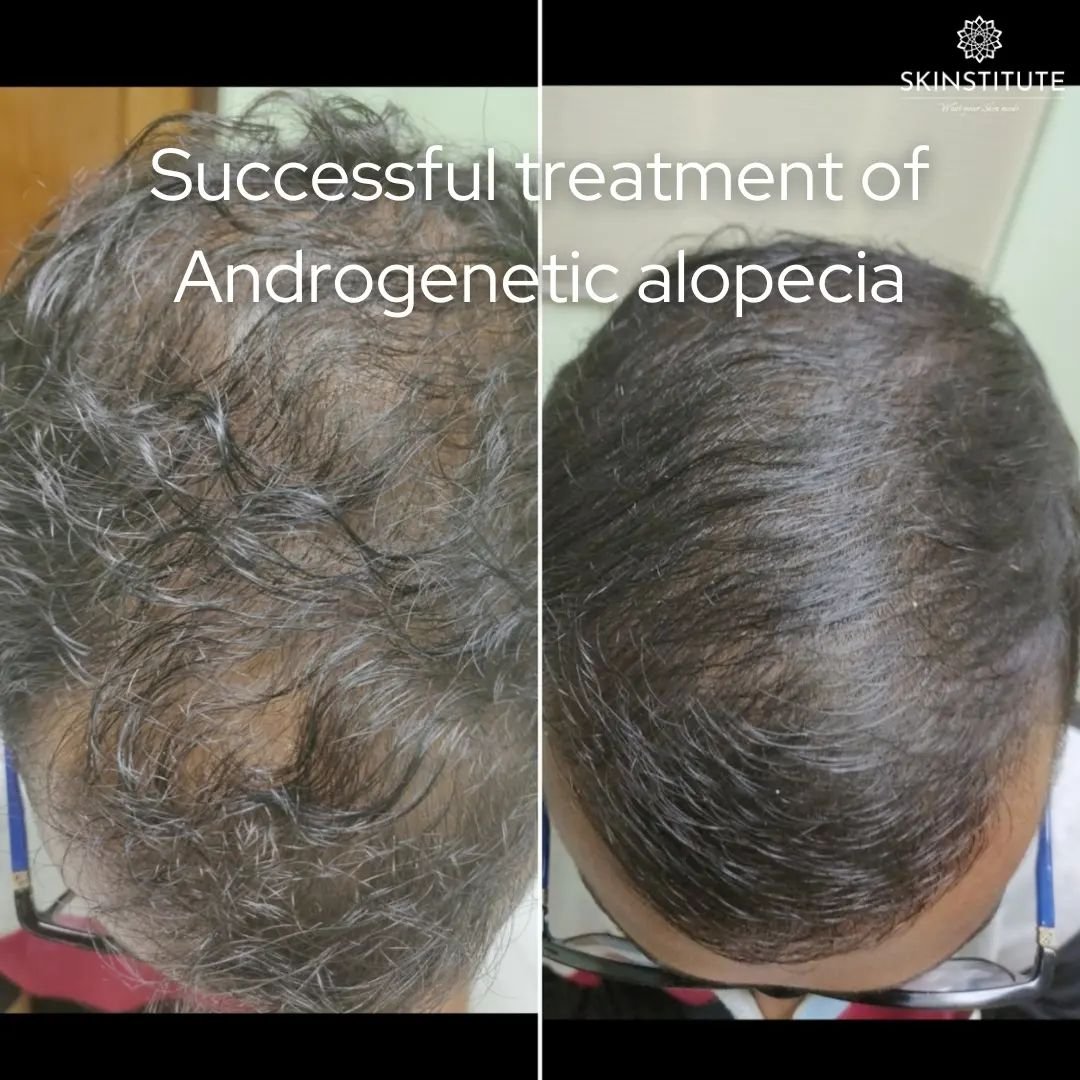- +91 7289828860
- contactwithskinstitute@gmail.com
- Nayapalli, Bhubaneswar-751015
- Home
- About Us
- Services
- Aesthetic Treatments in Bhubaneswar
- Botox Treatment
- Microbotox Treatment
- Hydrafacial Treatment
- Dark Circle Treatment
- Glutathione Treatment
- Thread Lift
- Vampire Lift
- Platelet Rich Plasma
- Chemical Peeling Treatment
- Micro Needling Treatment
- Low Level Laser Therapy With Face Mask
- Double Chin Reduction
- Dermal Fillers
- Exosomes Treatment
- Skin Booster Treatment
- Dermatosurgery Services in Bhubaneswar
- Clinical Dermatology
- Laser Skin Treatments in Bhubaneswar
- Trichology
- Venereology Treatment In Bhubaneswar
- Aesthetic Treatments in Bhubaneswar
- Gallery
- Blog
- Testimonials
- Home
- About Us
- Services
- Aesthetic Treatments in Bhubaneswar
- Botox Treatment
- Microbotox Treatment
- Hydrafacial Treatment
- Dark Circle Treatment
- Glutathione Treatment
- Thread Lift
- Vampire Lift
- Platelet Rich Plasma
- Chemical Peeling Treatment
- Micro Needling Treatment
- Low Level Laser Therapy With Face Mask
- Double Chin Reduction
- Dermal Fillers
- Exosomes Treatment
- Skin Booster Treatment
- Dermatosurgery Services in Bhubaneswar
- Clinical Dermatology
- Laser Skin Treatments in Bhubaneswar
- Trichology
- Venereology Treatment In Bhubaneswar
- Gallery
- Blog
- Testimonials
CONTACT US
- +91 7289828860
- Nayapalli, Bhubaneswar-751015
- contact@theskinstitute.in

Frustrated by a receding hairline or thinning crown?
The most prevalent type of genetic hair loss, affecting both men and women, androgenetic alopecia can be comprehensively and scientifically treated at The Skinstitute in Bhubaneswar. We use FDA-approved drugs like finasteride and minoxidil, as well as cutting-edge in-clinic treatments like PRP therapy and low-level laser therapy (LLLT) and comprehensive maintenance regimens for long-term scalp health. Each treatment is customized to meet the needs of Indian lifestyles, skin sensitivity, and hair types. Our skilled dermatologists develop a customized strategy to help you grow hair again and regain your confidence, regardless of whether you’re dealing with a receding hairline or a thinning crown.
Treatment Overview
We employ clinically validated techniques supported by studies and authorized by authorities:
- FDA-approved topical minoxidil (5%) slows follicle miniaturization and encourages hair growth.
- For men, oral finasteride lowers DHT levels to stop additional hair loss; after six months, there is usually a 30% improvement.
- Growth factors from the patient are injected into the scalp during platelet-rich plasma (PRP) therapy in order to stimulate follicles.
- FDA-approved helmets or combs that use red light (630–660 nm) to boost hair density are known as low-level laser therapy (LLLT).
For better outcomes, we might also suggest nutritional optimization, ketoconazole shampoo, or combination treatments (like minoxidil + LLLT).
Why Choose The Skinstitute for Androgenetic Alopecia Treatment & Its Key Benefits?
- Dermatologists with board certification who specialize in hair restoration
- Customized hair restoration regimens that incorporate LLLT, PRP, and medication
- Evidence-based therapies with quantifiable results
- FDA-approved LLLT devices and cutting-edge PRP
- Continuous monitoring and professional oversight for progress and safety
- Holistic treatment that includes counseling, diet, and scalp health
- Discreet service in a comfortable clinic setting
Who Is It For? & How It Works (Ideal Candidates)
Ideal candidates:
- Men and women in their adult years who observe early to moderate receding hairlines or genetic thinning
- Those looking for non-surgical, safe regrowth techniques
- People are looking for a sustainable, long-term maintenance program
- Patients are receptive to holistic regimens and routine check-ups.
How it works:
Your dermatologist will create a multimodal strategy following a consultation and scalp examination. This usually entails repeated laser therapy sessions, sporadic PRP injections, and daily topical medication. Long-term hair health is ensured by optimizing lifestyle choices and providing support for regrowth.
Step‑by‑Step Procedure – Androgenetic Alopecia Treatment at The Skinstitute
Before Your Visit
- Comprehensive examination of medical and family history
- Scalp imaging or trichomoscopy to assess follicle health
- Blood tests for nutritional or hormonal deficiencies, if necessary
- Pre-care guidelines: stay hydrated, eat a balanced diet, and refrain from using harsh topical medications.
During Procedure (20–30 min)
- Minoxidil/Finasteride has been advised and described.
- PRP sessions: scalp injection, centrifugation, and blood collection (approximately 30 minutes)
- LLLT sessions: depending on the device and location, 10–20 minutes of comb or helmet use
- At most, each session is mildly uncomfortable and minimally invasive.
Aftercare & Downtime
- Activities permitted: Daily life immediately returns to normal.
- Avoid: Excessive perspiration or exposure to the sun on the day of treatment
- Scalp care: mild shampooing, moisturizing products, or topical
- Follow-up appointments: quarterly assessments with LLLT maintenance and every 8–12 weeks for PRP
- Timeline of results:
- 3–4 months: Initial regrowth and a pause in shedding
- 6 months: Density and scalp coverage have significantly improved.
- 9–12 months: Maintenance of long-term regrowth and stabilization
Male or female pattern baldness, also referred to as androgenetic alopecia, is a hereditary disorder marked by progressive hair loss and thinning that usually occurs on the scalp in a certain pattern. Although there isn't a cure for androgenetic alopecia, there are a number of treatments that can be used to improve the appearance of the hair overall, encourage hair growth, and slow down hair loss.
Benefits
- Medications: The two drugs used most frequently to treat androgenetic alopecia are finasteride and minoxidil. Minoxidil is administered directly to the scalp as a topical solution or foam. It functions by boosting blood flow to the hair follicles, which encourages the development and thickness of new hair. An oral drug called finasteride blocks the enzyme that turns testosterone into the hormone dihydrotestosterone (DHT), which is linked to hair loss. It slows down hair thinning in males with androgenetic alopecia and helps lower DHT levels.
- Low-Level Laser Therapy (LLLT): Low-energy laser light is used in LLLT, sometimes referred to as laser hair therapy, to stimulate hair follicles, enhance circulation, and encourage hair regrowth. LLLT devices are commonly used at home several times a week and come in a variety of shapes, such as laser combs, helmets, and hats.
- Platelet-Rich Plasma (PRP) Therapy: PRP therapy involves injecting a concentrated solution of the patient’s own platelets into the scalp to stimulate hair follicle activity and promote hair regrowth. PRP contains growth factors and cytokines that help nourish the hair follicles and prolong the growth phase of the hair cycle.
- Hair Transplantation: Hair transplantation is a surgical technique in which balding or thinning parts of the scalp receive hair follicles transplanted from a donor site (often the back or sides of the scalp). The best candidates for this treatment are those with advanced hair loss and enough donor hair available for transplantation.
- Hair Care Practices: Adopting good hair care habits can assist control androgenetic alopecia in addition to medical treatments and surgeries. This entails treating hair gently, staying away from harsh chemical treatments and pulling on the hair, eating a balanced diet full of vital nutrients for healthy hair, and controlling stress.
Although there are therapies for androgenetic alopecia that can help slow down hair loss and encourage hair growth, each patient’s response is unique, and outcomes cannot be guaranteed. A dermatologist or hair loss specialist should be consulted by anyone experiencing hair loss in order to establish the best course of action based on their unique needs and objectives. For those with androgenetic alopecia, early intervention and continuous treatment can assist optimize the efficacy of hair loss control techniques and enhance overall results.

What People Says
EXCELLENTTrustindex verifies that the original source of the review is Google. Awesome treatments.... Worth it..🥳🥳Posted onTrustindex verifies that the original source of the review is Google. Abhishek Sir was truely a blessing in terms of saving my hair and helped a lot for growing my hair again and also helped regarding my acne issuePosted onTrustindex verifies that the original source of the review is Google. Best Dermatologist.Posted onTrustindex verifies that the original source of the review is Google. Visiting SKINSTITUTE and consulting Dr Kumar Abhishek is absolutely praise worthy as the Dr's diagnosis and advises are excellent. I and family members are getting excellent result by visiting such a nice doctor.Posted onTrustindex verifies that the original source of the review is Google. Better place to cure your skin related issues. Satisfactory and cure level-100% Most recommended ❤️❤️❤️Posted onTrustindex verifies that the original source of the review is Google. Good experience, treatment is very goodPosted onTrustindex verifies that the original source of the review is Google. I was struggling with my psoriasis for a long time,but after meeting Dr Kumar Abhishek, Finally started to change for the better.His clear understanding of the condition, patient approach,and effective treatment plan gave me both relief and hope.I am truly grateful for his guidance and carePosted onTrustindex verifies that the original source of the review is Google. Nice doctor...... Staff behavior so nice... Very satisfied indeedPosted onTrustindex verifies that the original source of the review is Google. The doctor and staff have very well manner and helpful. Also, I have seen the improvement in my skin as well.
Frequently Asked Questions (FAQ)
Better results are obtained with a customized combination of minoxidil, PRP, and LLLT than with just one treatment.
Yes, according to major meta-analyses, PRP improves thickness and increases hair density by about 25 hairs/cm², especially in men.
Maintaining a consistent regimen is essential; minoxidil should be taken daily for at least six to twelve months to evaluate its effectiveness.
Typically, finasteride is only used by men. Under dermatological supervision, low-dose hormonal therapy or oral spironolactone may be more beneficial for women.
Yes. Significant hair growth is observed in clinical trials when compared to sham devices. After 180 uses (about 38 to 40 weeks), real-world studies show about 80% effectiveness.
Some men may experience sexual side effects from finasteride, while others may experience mild irritation or shedding from minoxidil. Under supervision, the risks associated with PRP and LLLT are negligible.
Of course. Compared to using either modality alone, there is evidence that minoxidil combined with PRP or LLLT promotes better regrowth.
Results start to show in 3–4 months, and by 6–12 months, there is a noticeable improvement in hair density and scalp coverage.
Indeed. All Fitzpatrick skin types can benefit from customized therapies. Even for darker skin tones, PRP and LLLT are safe and minimally invasive procedures.
Benefits can be reversed by stopping, particularly when using finasteride or minoxidil. Maintenance plans are advised for long-term effects.



